In part 1 of this subject I talked a lot about mostly established artists who were “in the music business” . The common themes I observed is that these artists playing at all levels had a very strong work ethic, and usually ensured that they had multiple income streams to support everyday living. They all were great as musicians, but that’s not enough to generate enough income to support yourself.
Even if you have brilliant musical skills and excellent songwriting, there still has to be a delivery system that connects with the wider world. As I said in the first part of this article, the advance of social media and online distribution are two edged swords. I set up Original Ukulele Songs as a project partly to explore this aspect. Originally it was just a FB platform and once we hit 1000 members I added the official site http://www.originalukulelesongs.com. The project continues to gather momentum and in my view this is for two reasons. Firstly it’s very niche and there’s nothing like it on this scale. Secondly I have spent a fair bit of time promoting it to crucially it captures artist and listener’s attention. That’s great, and although it’s not directly generating income it is creating greater awareness as the platform becomes a focus for original material.
Imagination rules the world
Napoleon once said “Imagination rules the world” and certainly capturing imagination is essential in marketing. As I have always said “Difference dictates” so if you want to stand out as an artist you have to be different. This means in the visual medium as well as the actual music. Video, photos etc are essential in creating visual as well as auditory impact. Amazingly many artists don’t invest in good websites even though this is relatively inexpensive these days. Steve Krug’s “Don’t make me think” is the go to book for learning how best to present a website to capture attention.
All these ingredients help with building a profile which in turn helps in getting live opportunities. When setting up The Small Change Diaries, I was very conscious that we needed a good website and good social media presence. In order to stand out we also use Karen Turner as our band photographer and Max Wootton as illustrator. Both these skilled folks help create a very specific image which helps to make us different. When we had our first play on BBC Radio, Alan Raw commented on the fact that we could be found “everywhere” on social media! All of the above don’t generate hard cash, but they do help with building credibility. Our first overseas paid festival appearance came from being noticed online and that’s down to these efforts.
Smart investments
My own experience is that as an artist, its crucial to invest in what you are doing. These investments are in time and money. I allocate three hours rehearsal time as a minimum every week and have done so for the last three years. I have also funded the studio time and CD releases to build credibility and awareness of the band. The time investment can be significant. I estimate that I spend 15 – 20% of my working week on social media, blogs etc to maintain a presence online. Many artists will bemoan that they don’t have time to blog and be on social media, failing to appreciate that this is “playing the long game” and essential in building awareness.
Ultimately, for me it’s essential to love what you do. My experience to date, having run some very successful non music businesses is that the principals are very similar. You have to be focused and organized if you want to create something of substance. Many artists imagine that once they have recorded a CD, the work is done! Of course that’s just one small step in a much bigger process that requires ongoing attention. Income will come from lining up all these elements, and writing original material will be a big part of generating potential revenue. Hats off to all artists that dedicate themselves to creating great music. Many of my favorites are not the most well known performers and I suspect not especially wealthy in terms of money. They do however continue to entertain and inspire myself and many others and I for one are supremely grateful.
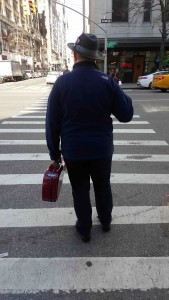
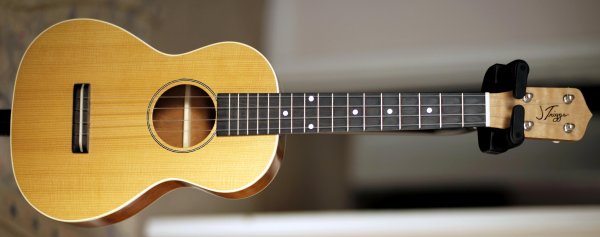


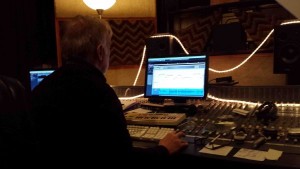 I also began to appreciate the value of thorough rehearsal prior to stepping into a recording environment and to recruit the best possible musicians. The rhythm section of Garry on double bass and Rich on percussion was as always rock solid and helped us work at a really productive pace. When I first saw the studio I though “Wow we are all in fairly close proximity” but crucially I began to appreciate that this became a massive advantage as we were essentially replicating how we had worked in practice situations. In recent years digital technology has developed at an extraordinary pace and now as Carl pointed out my Tascam 24 track has more technology and features than his original hired studio which cost thousands of pounds! Watching a music producer at work is like watching a master chef. They are acutely aware of the importance of every single ingredient that needs adding or subtracting. In some processes Carl would comment “Now it’s going to sound worse before it sounds better” and he was 100% right! A large part of the day was spent on the a capella track “Amish Frame of Mind” which consisted of myself and Jessica on vocals and Rich on handclaps. Carl described as “a supremely brave choice to record” as with an a capella song there is vocally nowhere you can hide! The UAD plugins worked brilliantly in developing these tracks and bringing them to life in an entirely new way.
I also began to appreciate the value of thorough rehearsal prior to stepping into a recording environment and to recruit the best possible musicians. The rhythm section of Garry on double bass and Rich on percussion was as always rock solid and helped us work at a really productive pace. When I first saw the studio I though “Wow we are all in fairly close proximity” but crucially I began to appreciate that this became a massive advantage as we were essentially replicating how we had worked in practice situations. In recent years digital technology has developed at an extraordinary pace and now as Carl pointed out my Tascam 24 track has more technology and features than his original hired studio which cost thousands of pounds! Watching a music producer at work is like watching a master chef. They are acutely aware of the importance of every single ingredient that needs adding or subtracting. In some processes Carl would comment “Now it’s going to sound worse before it sounds better” and he was 100% right! A large part of the day was spent on the a capella track “Amish Frame of Mind” which consisted of myself and Jessica on vocals and Rich on handclaps. Carl described as “a supremely brave choice to record” as with an a capella song there is vocally nowhere you can hide! The UAD plugins worked brilliantly in developing these tracks and bringing them to life in an entirely new way.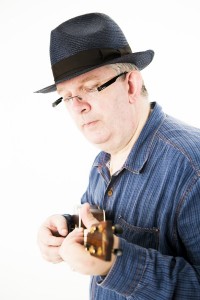 The second main track of the day was “There’s Only One of You” which is one of my favourite tracks to sing with Jessica featuring the entire band. It’s a simple song with great lyrics and in my view a terrific example of a three minute well-constructed song. The final verse is sung in harmony and this works especially well. A number of people who have heard demos in previous months have remarked that one of the strengths of the band is the harmony vocals and this is a great example of this in action.
The second main track of the day was “There’s Only One of You” which is one of my favourite tracks to sing with Jessica featuring the entire band. It’s a simple song with great lyrics and in my view a terrific example of a three minute well-constructed song. The final verse is sung in harmony and this works especially well. A number of people who have heard demos in previous months have remarked that one of the strengths of the band is the harmony vocals and this is a great example of this in action.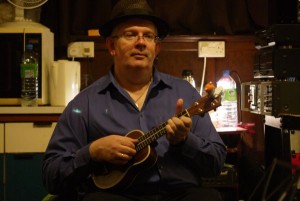 There is also the need to make creative and practical calls with time restrictions and when band members can only make certain recording slots. The major lesson for me is that with The Small Change Diaries we need key members for two consecutive days to maintain continuity in maintaining a natural momentum. This is very similar in my experience to writing. When the person or group is in the best flow state, that’s the time to get work done. Yes its possible to add and amend existing tracks but in my experience its best to record batches of songs in specific periods of time.
There is also the need to make creative and practical calls with time restrictions and when band members can only make certain recording slots. The major lesson for me is that with The Small Change Diaries we need key members for two consecutive days to maintain continuity in maintaining a natural momentum. This is very similar in my experience to writing. When the person or group is in the best flow state, that’s the time to get work done. Yes its possible to add and amend existing tracks but in my experience its best to record batches of songs in specific periods of time.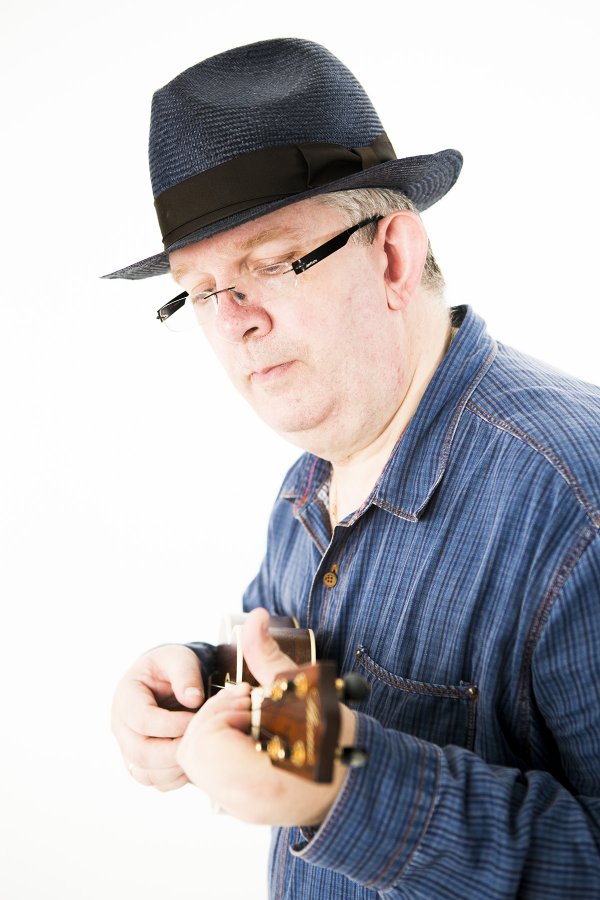 Only a week before the first studio session, so practice, practice, practice! Lots to think about including which ukes to take, strings and the final songs for the first round of recording.Exciting times indeed!
Only a week before the first studio session, so practice, practice, practice! Lots to think about including which ukes to take, strings and the final songs for the first round of recording.Exciting times indeed!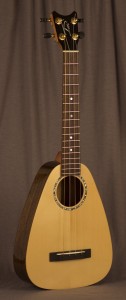 I just took delivery of a Romero Tiny Tenor and have spent the day playing it. I read about this in Acoustic Guitar Magazine and bought one on spec to use as a travel guitar. The fact that it’s made from solid woods and the wood choices ticked all the right boxes, spruce top, mahogany back and sides, 17 inch scale length.
I just took delivery of a Romero Tiny Tenor and have spent the day playing it. I read about this in Acoustic Guitar Magazine and bought one on spec to use as a travel guitar. The fact that it’s made from solid woods and the wood choices ticked all the right boxes, spruce top, mahogany back and sides, 17 inch scale length.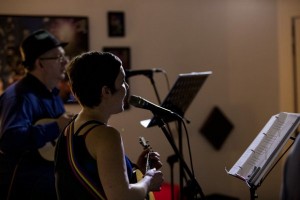 Often when you are creating your own material its often difficult to be objective after a while. Usually an idea for a set of lyrics will appear that then spark an entire train of thought. Personally I find many of my best ideas come immediately after waking up in the morning and I always have a moleskin diary close at hand to capture whatever comes to mind. One we have the basic song structure in place, the next stage is to look at final arrangements for the band.
Often when you are creating your own material its often difficult to be objective after a while. Usually an idea for a set of lyrics will appear that then spark an entire train of thought. Personally I find many of my best ideas come immediately after waking up in the morning and I always have a moleskin diary close at hand to capture whatever comes to mind. One we have the basic song structure in place, the next stage is to look at final arrangements for the band.